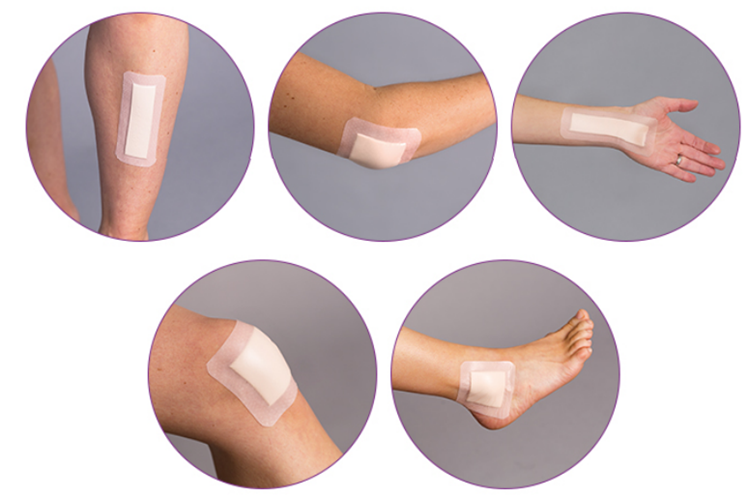Foam Dressings Application

Foam wound dressings can be used on infected wounds. Wound dressings play a large role in the healing process. These products protect the affected area
Foam wound dressings can be used on infected wounds.
Wound dressings play a large role in the healing process. These products protect the affected area from outside invaders such as bacteria and, ideally, create an environment that will support healthy healing. One dressing category many clinicians turn to is the foam dressing. Learn more about this product category so you and your clinician can make an informed decision together concerning the best healing plan for you.
What are foam dressings?
Foam dressings are designed to meet one of the main goals of wound care: creating a moist environment conducive to wound healing. They’re generally made from semipermeable polyurethane, so they’re nonadherent and nonlinting and the dressings allow water vapor to enter but keep out bacteria and other contaminants. The outer layer may be waterproof or hydrophobic. Foam dressings are available in various sizes and shapes. Some have adhesive tape, or boaders, around the edges for easier application.
When should I use foam dressings?
A variety of wound types with at least a moderate amount of exudate including, but not limited to, abrasions, incisions, lacerations, pressure ulcers, infected wounds and draining peristomal wounds can benefit from foam dressings. These products can be used as either primary dressings (making direct contact with the wound) or secondary dressings (used to cover a primary dressing for protective purposes). They’re generally meant for partial- or full-thickness wounds that have moderate or more drainage.
What are the advantages and disadvantages?
Foam dressings are generally prescribed for their biggest advantage: providing a warm, moist environment ideal for healing. However, there are many other benefits that come with this product category. For instance, they:
- Don’t adhere to the wound
- Serve as a cushion to protect the affected area
- Provide a barrier against bacteria
- Can be used in the case of infection
- Are suitable for wounds with hypergranulation
- May be used during compression therapy
- Are easy to apply and remove
With the advantages come a few downsides to using these wound dressings. These disadvantages can include:
- Wound may dry out if there is no or too little exudate to be absorbed.
- Maceration of the surrounding skin can occur if it becomes saturated with exudate.
- These dressings are not suitable for third-degree burns, sinus tracts or wounds with dry eschar.
How do I apply foam dressings?
If you and your clinician have determined that foam wound dressings are the right option for you, it’s important to understand the proper way to apply and remove the product and you should follow your physician’s instructions. In general terms the steps are:
- Clean the area with a saline solution
- Dry the surrounding skin with a sterile piece of gauze
- Apply the dressing to extend at least one inch beyond the wound edges
- Cover with a secondary dressing if necessary-if the dressing is not bordered with an adhesive, you may need to use tape or wrap to hold it in place
Removal of the foam dressing is very simple. Simply peel off the product and repeat the cleansing procedure. Be sure to take into consideration any additional steps or changes to the standard application and removal procedure that your clinician instructs, as special cases may require different directions.
